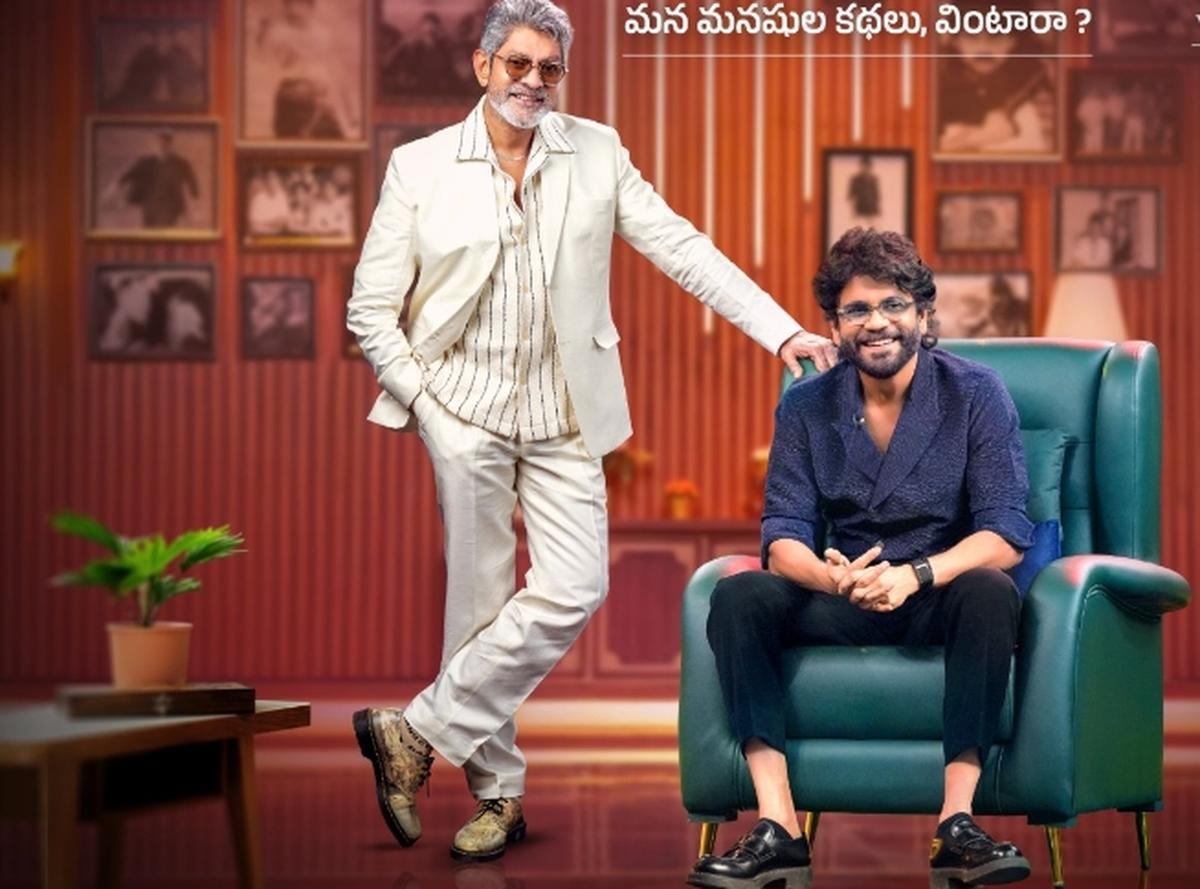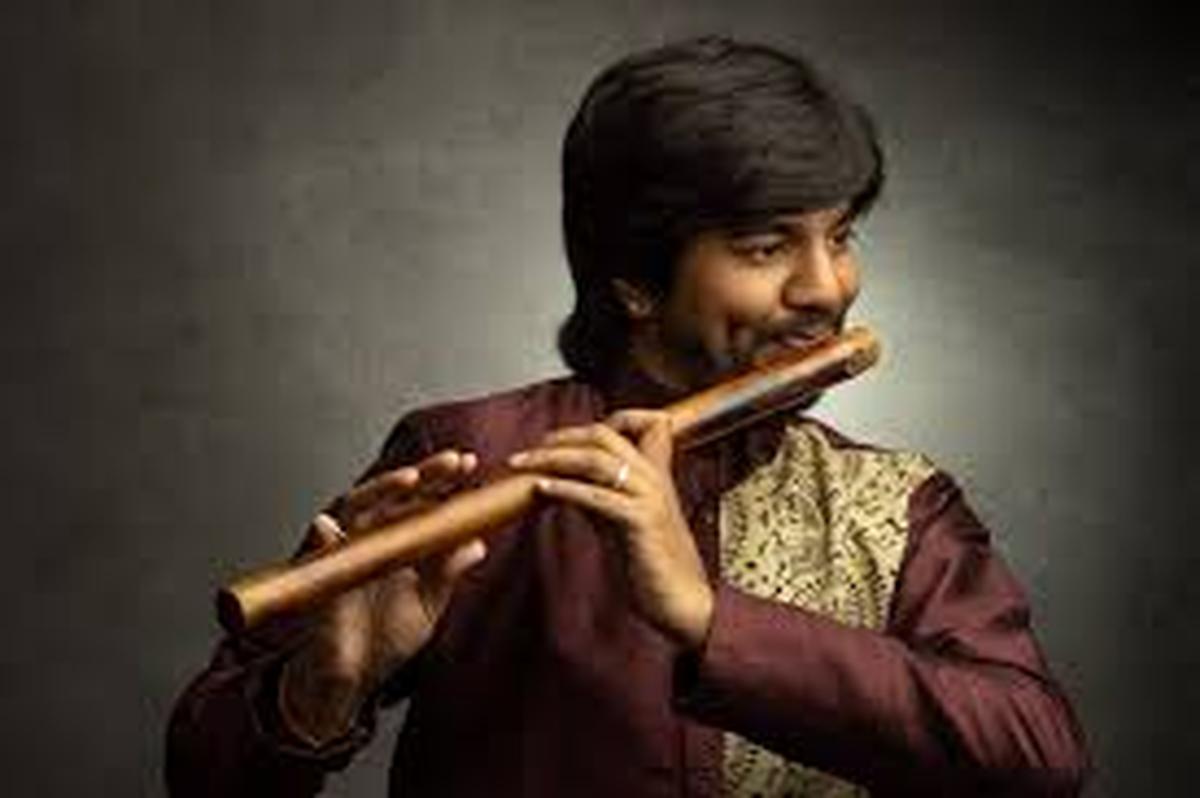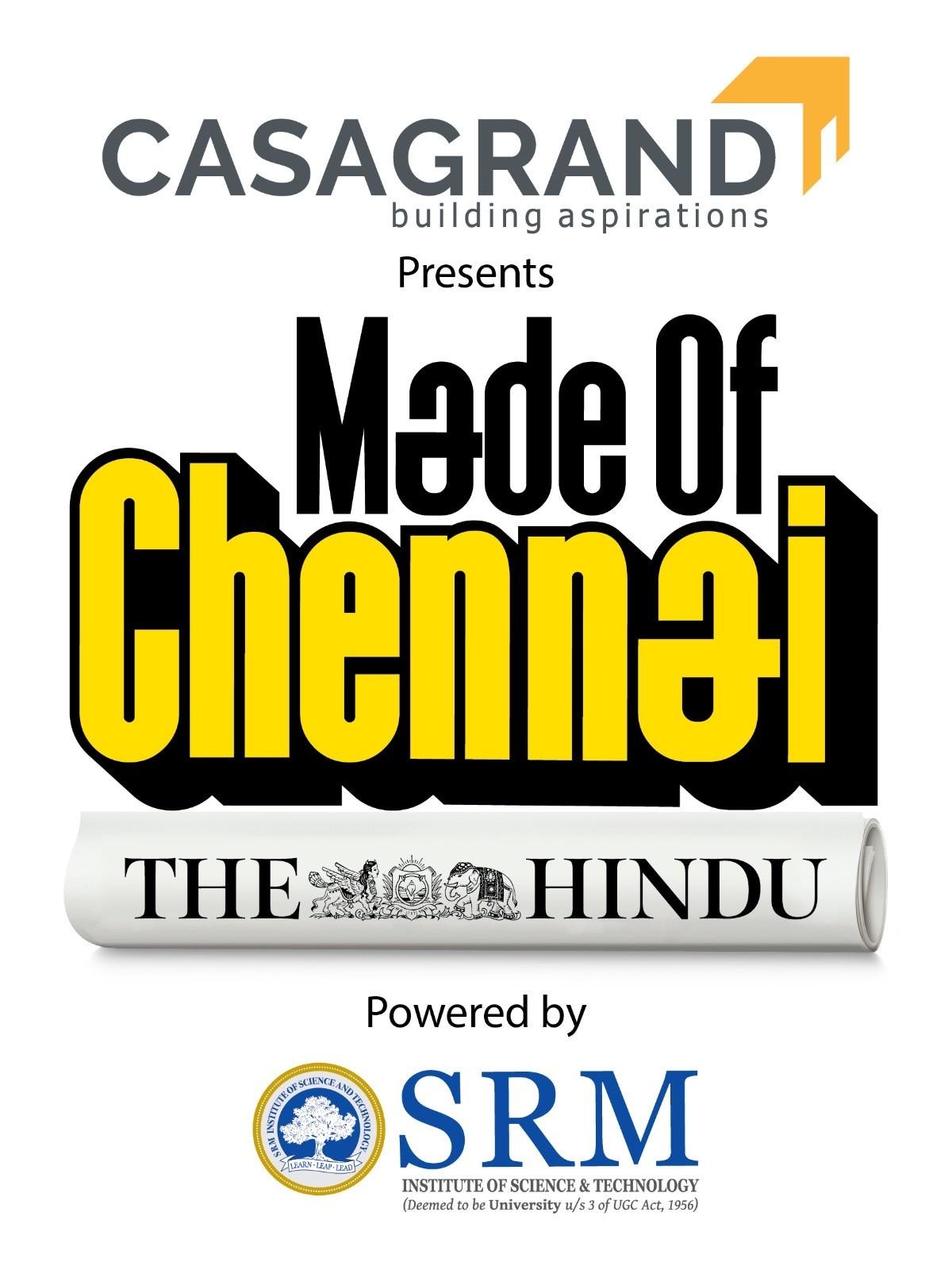The Thyaga Brahma Gana Sabha’s Sri Jayanthi festival featured Archana and Samanvi where the vocalists demonstrated how Krishna has inspired a wide body of compositions. Their choice of repertoire, spanning Muthuswamy Dikshitar’s kritis, Purandaradasa’s devarnamas, Oothukadu Venkata Kavi’s creations, Papanasam Sivan’s Tamil pieces, and the devotional Pasurams of Andal and Ashtapadis of Jayadeva, offered variety. They were supported by Haritha Narayanan (violin), Aduthurai Guruprasad (mridangam) and S. Harikishore (kanjira).
The concert opened with Oothukadu’s ‘Ranganatham anisham’, a kriti known for featuring of the names of alwars and other devotees of Vishnu in one of its charanams, set in Gambeera Nattai. True to the composer’s characteristic verve, the piece unfolded on a vibrant note, setting the tone for the evening.
From there, the duo moved to Purandaradasa’s ‘Gopiya bhagyavidu’ in Kapi Narayani, tuned by their guru Arvinda Hebbar. The composition dwells on the bhagyam of Yashoda to bathe Krishna, sing him lullabies and shield him from the evil eye.
Archana and Samanvi accompanied by Haritha Narayanan (violin), Aduthurai Guruprasad (mridangam) and S. Harikishore (kanjira).
| Photo Credit:
VELANKANNI RAJ B
The next segment featured Dhanyasi, with Samanvi shaping a thoughtful alapana that was ably supported by Haritha. This was followed by Sivan’s ‘Balakrishnan padamalar’.
There were occasional moments of vocal misalignment, when the singers didn’t seem to be in sync. The percussionists lent a lively support. The niraval at ‘neela mugil pol azhagan’ was engaging and flowed into a round of kalpanaswaras.
The concert then moved to Dikshitar’s ‘Krishnananda mukunda murare’ in Gowli Pantu, distinguished by its use of shuddha madhyamam. Archana’s alapana in Karaharapriya carried weight, though she briefly paused midway before resuming. The violin’s responses were pleasing, setting the stage for Oothukadu’s ‘Rasa keli vilasa’, the main piece of the day. While the charanam saw both vocalists momentarily falter over the ‘sahrda hrdi’ passage and correct themselves, the kalpanaswaras in two kaalams were neatly executed. The segment concluded with a lively tani, where the mridangam and kanjira engaged in spirited dialogue.
To conclude, the vocalists chose two lighter yet substantial compositions — Andal’s ‘Karpooram naarumo’, from Nachiyar Tirumozhi, was sung in Khamas with charm, followed by Jayadeva’s ‘Nijagada sa’, in Sindhubhairavi. Both pieces made for a fine finale to a concert dedicated to Krishna.

















